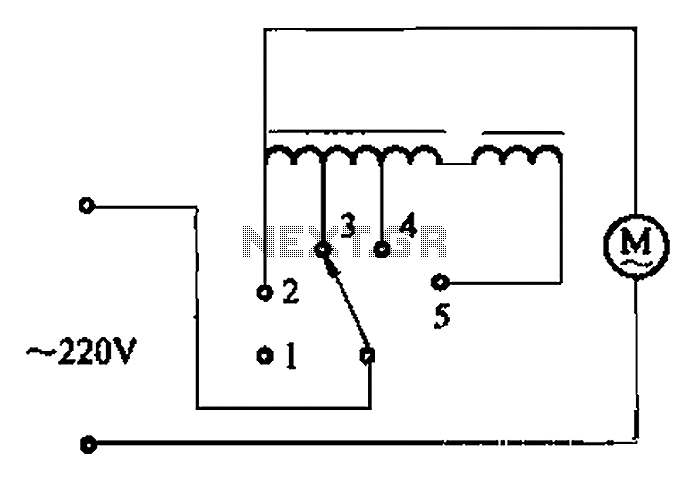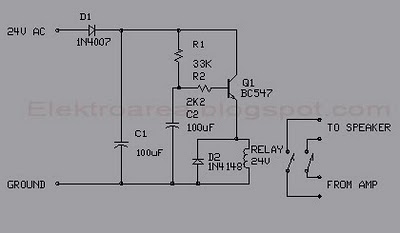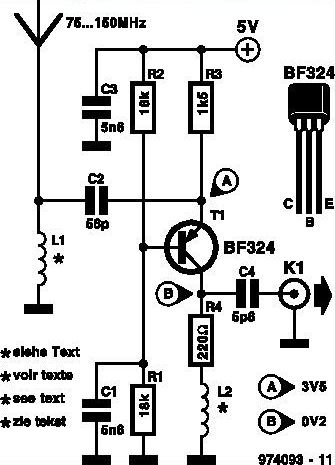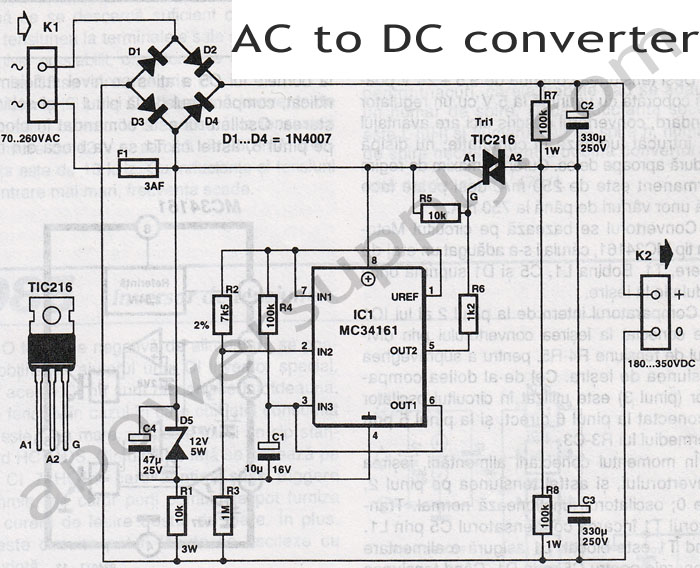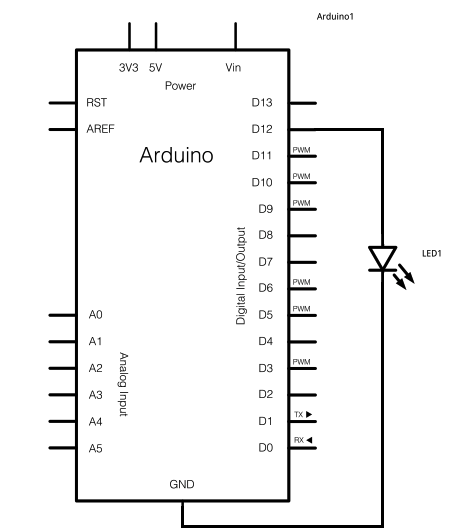
Circuit & Code for Typing Assistant using 8051 microcontroller & PS/2 port of Computer
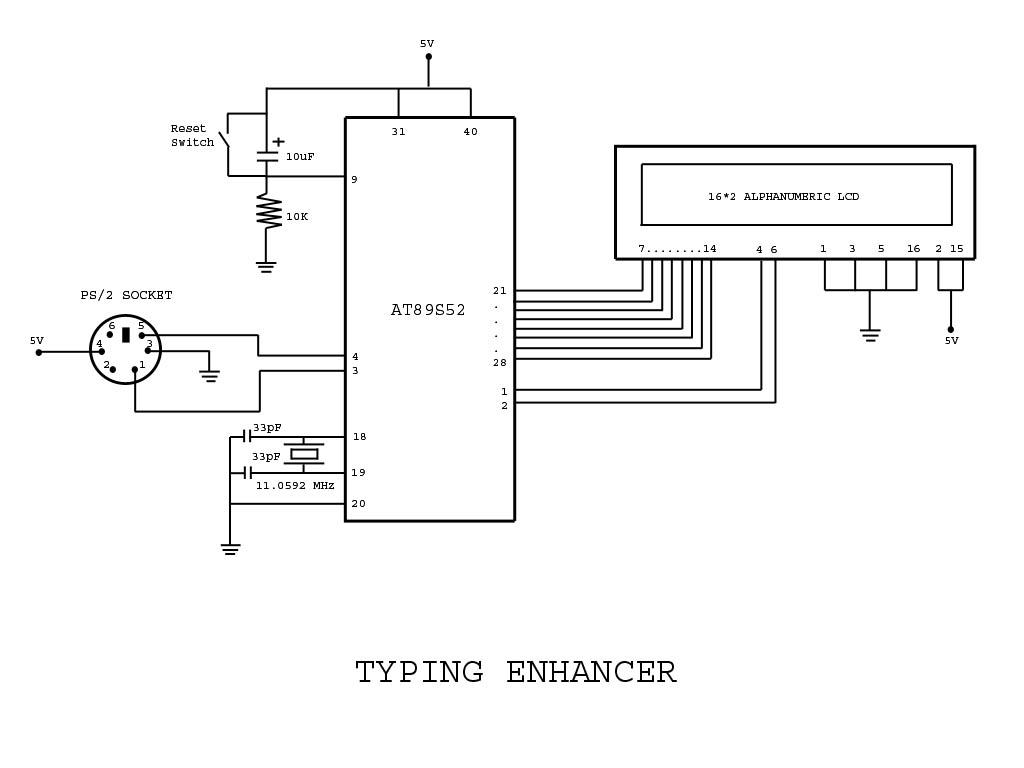
Project with Circuit and Code for a Typing Assistant using the 8051 microcontroller (AT89S52) and the PS/2 keyboard port of a computer. The project also explains the interfacing of the PS/2 port of a computer with the 8051 microcontroller.
The Typing Assistant project utilizes the 8051 microcontroller, specifically the AT89S52 variant, to create an interface with a PS/2 keyboard. The PS/2 keyboard allows users to input data, which the microcontroller processes and subsequently sends to the computer. The project encompasses both the hardware circuit design and the necessary software code to facilitate this interaction.
The circuit design includes the following key components: the AT89S52 microcontroller, a PS/2 connector, and passive components such as resistors and capacitors. The PS/2 connector is wired to the microcontroller, allowing it to read the keyboard signals. The microcontroller is powered by a regulated power supply, typically 5V, and is connected to the computer via a serial communication interface.
In terms of software, the code written for the AT89S52 is responsible for interpreting the signals received from the PS/2 keyboard, converting them into a format that can be understood by the computer. This involves reading the scan codes generated by the keyboard, processing them, and then transmitting the corresponding ASCII values over the appropriate communication protocol.
The project serves as an educational tool, illustrating the principles of microcontroller programming, interfacing, and serial communication. It provides insights into how peripheral devices can be integrated with microcontrollers to enhance functionality and user interaction. By successfully implementing this project, users gain practical experience in electronic design and embedded systems development.Project with Circuit & Code for Typing Assistant using 8051 microcontroller (AT89S52) and PS/2 keyboard port of Computer. The project also explains the interfacing of PS/2 port of computer with 8051 microcontroller 🔗 External reference
The Typing Assistant project utilizes the 8051 microcontroller, specifically the AT89S52 variant, to create an interface with a PS/2 keyboard. The PS/2 keyboard allows users to input data, which the microcontroller processes and subsequently sends to the computer. The project encompasses both the hardware circuit design and the necessary software code to facilitate this interaction.
The circuit design includes the following key components: the AT89S52 microcontroller, a PS/2 connector, and passive components such as resistors and capacitors. The PS/2 connector is wired to the microcontroller, allowing it to read the keyboard signals. The microcontroller is powered by a regulated power supply, typically 5V, and is connected to the computer via a serial communication interface.
In terms of software, the code written for the AT89S52 is responsible for interpreting the signals received from the PS/2 keyboard, converting them into a format that can be understood by the computer. This involves reading the scan codes generated by the keyboard, processing them, and then transmitting the corresponding ASCII values over the appropriate communication protocol.
The project serves as an educational tool, illustrating the principles of microcontroller programming, interfacing, and serial communication. It provides insights into how peripheral devices can be integrated with microcontrollers to enhance functionality and user interaction. By successfully implementing this project, users gain practical experience in electronic design and embedded systems development.Project with Circuit & Code for Typing Assistant using 8051 microcontroller (AT89S52) and PS/2 keyboard port of Computer. The project also explains the interfacing of PS/2 port of computer with 8051 microcontroller 🔗 External reference
